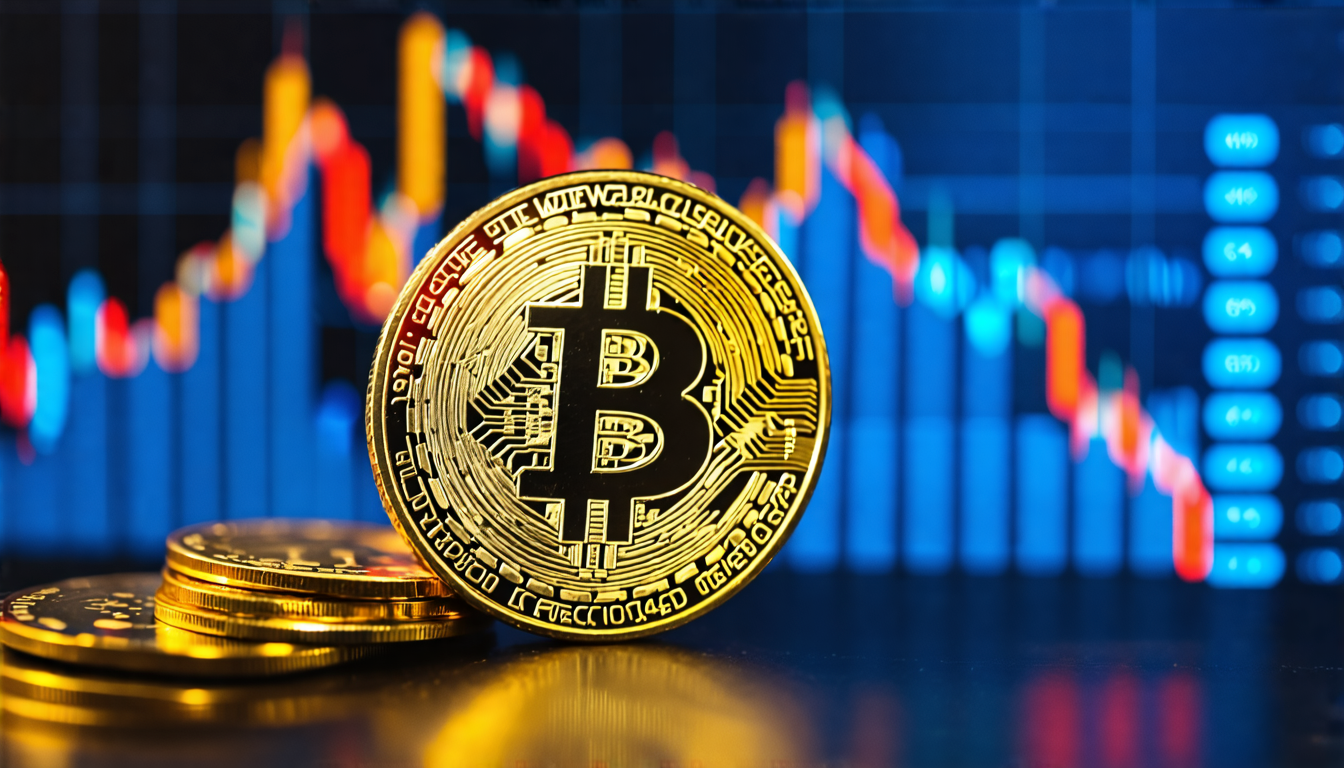Bitcoin’s Recent Price Movements
Bitcoin, the flagship cryptocurrency, experienced significant movement in the market recently. It stepped into the spotlight by briefly crossing the $69,000 mark before slightly slipping to $67,700, representing a 2% dip over the last day. This snapshot of Bitcoin’s price behavior showcases the cryptocurrency’s inherent volatility which is often seen as a routine correction after price rallies.
Despite this short-term decline, Bitcoin’s medium and long-term outlook remains optimistic. The current price above its 50 and 200-day moving averages reinforces this optimistic view, marking a bullish sentiment among market analysts. Such trends encourage investors to hold or accumulate, anticipating upward movements in the coming months.
Broader Market Dynamics and Regulatory Developments
Bitcoin’s volatility brought about significant market reactions, including pronounced liquidations. As Bitcoin tested the $70,000 threshold, key liquidation zones emerged between $66,000 and $68,000. Such movements highlight the trading challenges faced by investors during sudden market shifts, prompting them to mitigate potential losses.
Other cryptocurrencies didn’t escape the tempest. Ethereum, the second largest digital currency, fell by 3.2% to $2,654. Similarly, tokens such as Solana, Toncoin, and Avalanche saw declines ranging from 1.2% to 4%. These fluctuations echo the interconnected nature of the crypto market where Bitcoin’s trend can often influence other digital assets.
Despite the downturn of some major altcoins, others like Luna and Kasper defied the trend by posting noticeable gains. Luna soared by an astonishing 420.6%, and Kasper surged 37.6% in the past day, underscoring the unpredictable and volatile nature of altcoin performance. Such volatility is a double-edged sword in the crypto realm, offering both high risk and potential high rewards for traders.
On the regulatory front, new developments are drawing attention. Rep. French Hill and the CFTC Chair have voiced the need for crypto legislative actions, hoping for significant progress by the end of 2024. Additionally, Indonesia’s decision to extend the deadline for crypto exchanges to comply with new licensing requirements indicates the ongoing evolution of regulatory frameworks in the crypto world. These updates underscore the importance of regulatory clarity to ensure sustainable growth and adoption of cryptocurrencies globally.
